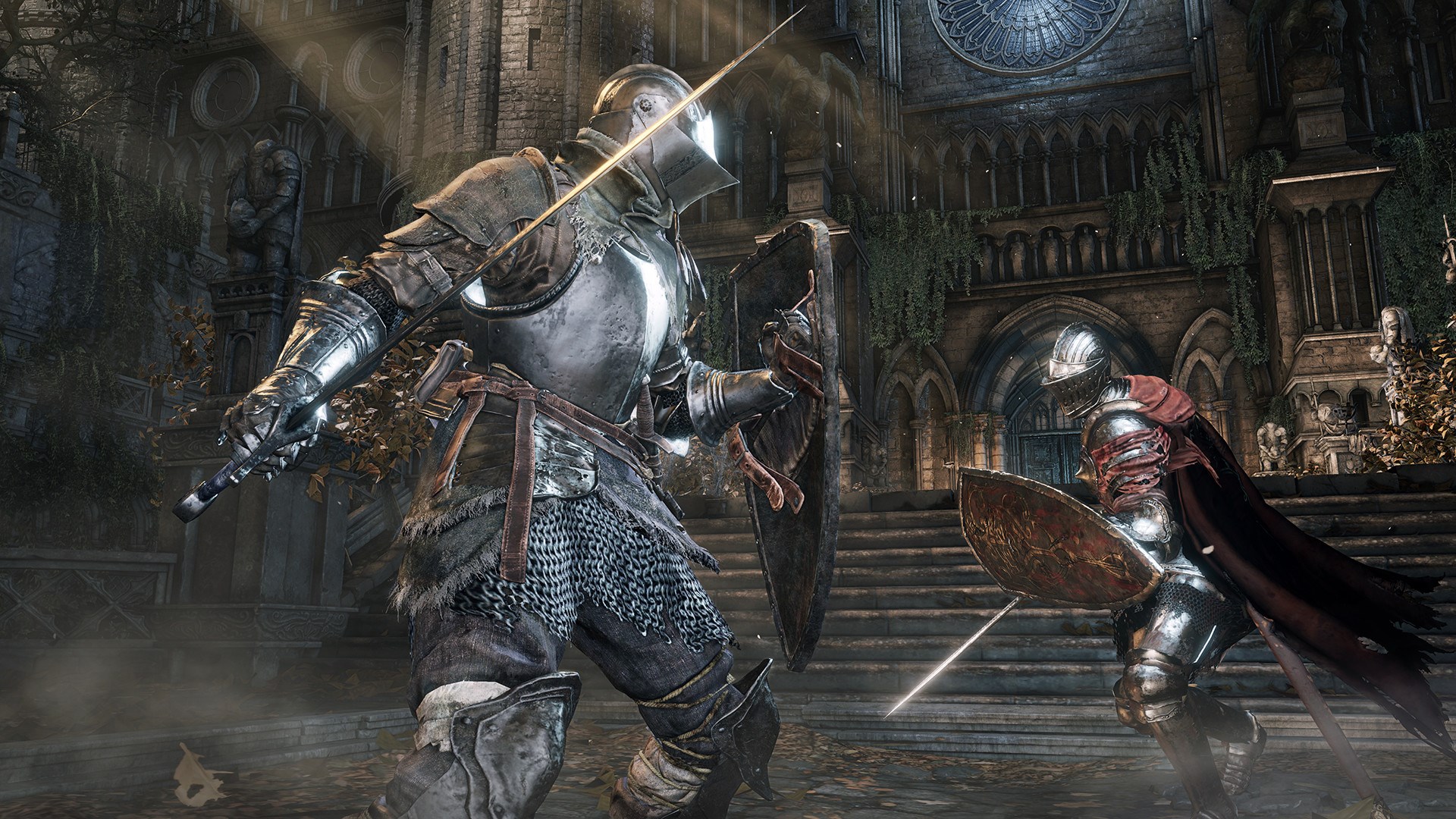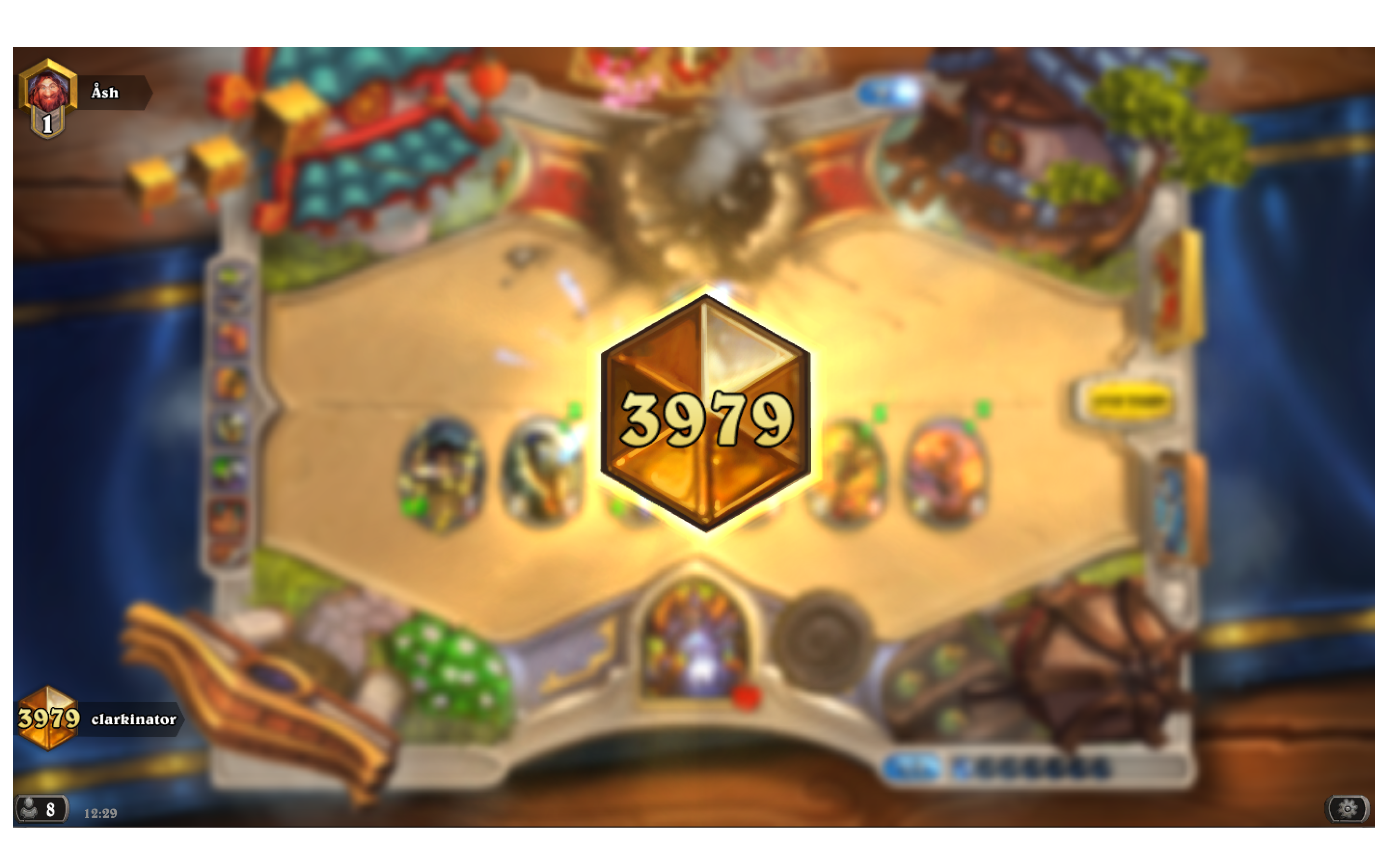Joe Donnelly: Miyazaki's return

Look, I really liked Dark Souls 2. So its world wasn't as intriguing as its predecessor and was often geographically jarring, its story was a little muddled, and its vanishing enemy death mechanic went against everything I'd understood these games to stand for up to this point—but I still loved many of its murder grounds in isolation, and found some of its adversaries to be among the best the brutally challenging action role player has to offer. And then I played PS4-exclusive Bloodborne.
Suddenly I was reminded of series mastermind Hidetaka Miyazaki's genius in crafting fluid, terrifying and credible nightmarescapes and thus the idea of Mr Souls reclaiming the reins for Dark Souls 3 became more appealing with each passing trailer. In April this year I descended on Lothric and reveled in what is not necessarily the best Souls game, but is easily the most realised. The way its open-ended narrative and corresponding lore interlinks with the first Dark Souls and its setting Lordran is masterful, and while every Souls game's story revolves around its main bosses—including Demon's Souls and Bloodborne—this has never been more true than in number three.
The skewed reality/timeline angle, which suggests history is destined to repeat itself, allows for triumphant returns to the likes of Anor Londo and Demon Ruins; while new areas such as the Undead Settlement and Irithyl of the Boreal Valley are a joy to explore. The finesse with which Miyazaki crafted the original Dark Souls is back and is coupled with quicker, more forceful combat a la Bloodborne. This makes DS3 a stand out—not just for the series but for videogames in general, assuming you're able to stomach its unforgiving difficulty.
Miyazaki has since suggested Dark Souls 3 is the end of the line for the series which, although a wee bit disappointing, feels like a sensible move so as not to undermine a series bowing out on a high. I've already returned for a second playthrough—and that's without mentioning its fantastic PvP, Ashes of Ariandel DLC, and the prospect of its final incoming expansion.
Andy Kelly: Top dog

My expectations for Watch Dogs 2 were so low they couldn’t be detected by radar. I never felt the urge to play the dreary-looking first game, but something compelled me to give the sequel a shot. And I’m glad I did, because it’s become one of my games of the year. Our reviewer didn’t think much of it, but to me it’s comfortably one of the best open-world games on PC. And the chief reason for this is its infectious sense of fun. As if responding directly to people who criticised the dour, self-serious original, it’s full of life and colour: from the surprisingly lovable characters to the city itself, which for me is second only to GTA V’s Los Santos and Blaine County in terms of world-building, atmosphere, and attention to detail.
Some of its satire is a bit on the nose, but I love how the game is an exaggerated snapshot of life in the 2010s. Take a selfie and any NPCs in the background will pull a weird face and photo-bomb you. Load up the Driver SF app on your phone and you can become an Uber driver. Take photos of yourself near famous landmarks and your friends will comment on them in the ScoutX app. These little touches are a smart reflection of our social media, phone-obsessed age, and it’ll be interesting to play the game in ten years to see how society has changed.
The hacking is ludicrous to the point of feeling like a superpower, but that’s precisely why it’s so fun. Hiding and causing mayhem by remotely hacking stuff with your drones is wonderfully empowering, and there are so many cruel, amusing ways to mess with the AI. Giving random people criminal records and watching the police swoop in to arrest them is my favourite. This jars massively with the story, of course, which sees Marcus fighting a sinister corporation for giving people criminal profiles they don’t deserve. But that disconnect aside, Watch Dogs 2 is one of Ubisoft’s most polished, well-designed open-world games, and the next Assassin’s Creed could learn a lot from its unwavering dedication to entertaining you.
Keep up to date with the most important stories and the best deals, as picked by the PC Gamer team.
Tim Clark: Becoming legendary

I turned 40 this year, and as I look back on half a lifetime (and that’s if I start eating better) spent playing games, there are very few achievements in the games themselves that I can point to and feel any real sense of pride. That time I lasted more than 300 days in Don’t Starve was pretty sweet. My unbeaten season on Pro Evo Master League had some hairy moments. And each of my team’s first Destiny hard mode raid completions felt amazing. But nothing has come close to the euphoria of hitting legend in Hearthstone for the first time.
And before you start blah blahing about RNG, children’s card games, and how bots can do it— try the climb for yourself! It’s really, really hard. Past rank 5 pretty much any misplay you make gets punished hard. And of course you’re still going to lose a bunch of games just because you draw badly. The key is consistency and nerve, because if you go on tilt you can sink down the ladder like a particularly depressed stone. I mostly played Yogg and Load Hunter (which was weirdly strong against all the Dragon Warrior around at the time), before switching to Zoo for the final three-rank push.
The joy when I slammed my 10-attack Imp Gang Boss into the final warrior’s face was almost indescribable. Partly because I was on some crazy strong pain meds for kidney stones at the time, and they’ve made the whole experience even more hazy and beatific. I do remember calling my other half into the room and whispering “don’t say anything, but I think it’s about to happen”. To be honest, without having the bonus time from being bedridden, I’m not sure I’d have made it at all. I certainly haven’t tried since. The grind is brutal. With the pressure off I eventually made it to rank 460 at one point. My only regret is that it wasn’t 420.
Wes Fenlon: Learning the ins and outs of NetHack

At the beginning of 2016 we all made PC gaming resolutions, and mine was to really dig in and learn Dwarf Fortress and NetHack, two of the deepest, hardest games in existence. Well, I got halfway there. I had a blast learning to play NetHack in an LP series with my friend Jeremy, and I've never played another game that gives you so much freedom in how you explore and interact with the environment. I guess it's a lot easier when you're using letters and numbers instead of graphics.
Sure, Dwarf Fortress is even more complex, but as Jeremy likes to say, NetHack is more of a traditional "game": it gives you a goal to reach rather than an infinite sandbox of possibility to play with. But the possibility space of NetHack is still pretty broad, and when everything is potentially deadly, there's so much satisfaction in simply identifying a potion or a useful piece of armor or figuring out how to write a scroll. I've never been one for pen-and-paper D&D, but I think NetHack scratches the same itch for me that D&D does for some people. It's all text and basic symbols, allowing me to attach my own meaning and stories to my dungeon diving experience. It can be so satisfying to unravel the mystery of a new game, and with NetHack, there's a ton to unravel. I think I'm going to have to go for another run over the holiday break...
The collective PC Gamer editorial team worked together to write this article. PC Gamer is the global authority on PC games—starting in 1993 with the magazine, and then in 2010 with this website you're currently reading. We have writers across the US, UK and Australia, who you can read about here.


